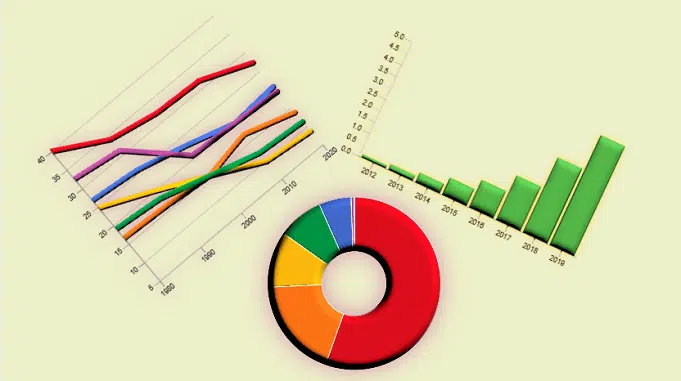
Definition and Sources of Internal Data Collection:
What is Internal Data – Internal data is information, statistics and trends, discovered by firms through their operations. In this data, facts and figures collected by companies from internal information, customers, decision-making, software, and reports are included. Internal research, customer habits, sales trends, software user trends, operational trends, leadership decision-making, cash flow reports, marketing data, survey results etc. are all examples of internal data.
Internal data are information about an organisation collected from primary sources within the organisation. For example, an HR report on turnover and recruitment, or financials from accounting or finance. Hence, internal data are observations that are a by-product of routine corporate record keeping, such as accounting, finance, production, personnel, quality control, and sales, among other things.
Internal data is part of a specific brand and is not available to the general public. It is unique information that cannot be found anywhere else. Unless the organisation is required to create such reports, internal data is usually not available outside the organisation. Depending on the size of the company, its own public filings could be an excellent source of information for its financial reports.
Internal data that originates in the process of keeping records, such as employee earnings from a payroll, sales numbers from a sales journal, and the amount of raw materials, can be used in statistical analysis of various business problems. Hence, the accounting records held by most businesses are the primary sources of internal data.
Example:
Before starting its own business, a company spent a year researching the market. The company learned about the costs of operation and what customers would expect from them by reviewing external information. Now that the company has been in business for some months, the time has come to begin relying on internal data to make future business decisions going forward.
Internal data is data obtained from within the organisation in order to make business decisions for successful operations. With the help of this internal data, the company can assess whether its current strategies are successful and decide whether to change them or not.
An organisation can collect internal data from four different sources: Sales, Finance, Marketing, and Human Resources. Each area offers a distinct viewpoint, yet the data connect the departments.
Read Also:
- Collection of Data
- Primary Data
- Secondary Data
- Methods / Sources of collection of Primary and Secondary Data
- Difference between Primary and Secondary Data
- Types, Sources & Methods of Data Collection: Primary Data, Secondary Data, Internal Data
(Source – Various books from the college library)
Tags: Internal data collection methods, Different methods of data collection, internal sources of data collection, what is internal data
Copyrighted Material © 2019 - 2024 Prinsli.com - All rights reserved
All content on this website is copyrighted. It is prohibited to copy, publish or distribute the content and images of this website through any website, book, newspaper, software, videos, YouTube Channel or any other medium without written permission. You are not authorized to alter, obscure or remove any proprietary information, copyright or logo from this Website in any way. If any of these rules are violated, it will be strongly protested and legal action will be taken.




Be the first to comment